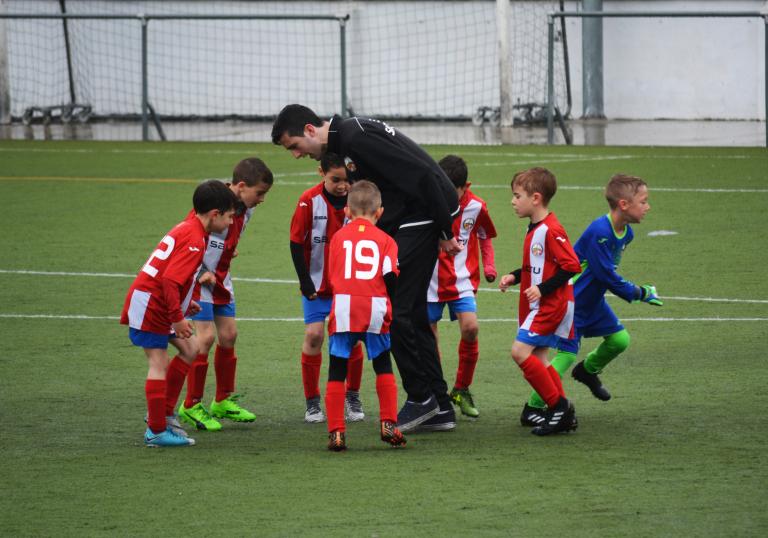Conflict is never particularly fun (at least not for most people). But it is inevitable. When two (or more) people are sharing life and space and perceptions, there are bound to be points of contention, disagreement, and high emotion.
We often say conflict is not good or bad. It is neutral. How we set out to resolve conflict turns it into a net gain or loss. It is our response that determines its value.

If you are anything like me, you have a hard time accepting this idea of conflict as opportunity. As much as I preach these philosophies, it is very difficult to believe in daily practice.
Like many, my main strategy around conflict is simply to avoid it. When it inevitably arrives, to squash it as quickly as possible, whatever it takes. A quick band-aid, a flight and avoidance, or gossip in a different direction are all options readily employed. Mostly, I just don’t feel like conflict. It is so dangerous. It is so complicated. Shouldn’t I be avoiding it at all costs?
Put Me In Coach
When I was a kid, I played a lot of team sports. Whenever I was sitting on the bench, I always had one eye on the game and another nervously on the coach. I was just waiting for that moment when he tapped my shoulder and grunted, “Willis, you’re in”.

Our emotions work like that in daily life. They tap us on the shoulder and let us know it is time to get in the game. The stakes are high. The game is on the line. I don’t mean in any sort of one-play makes or breaks you type of way. What I mean is your emotions awake you from complacency.
The complicated part is they don’t tell you what play to run. Or really anything to do. They just tap you on the shoulder and let you know your values are on the line.
When we stuff, ignore, and otherwise avoid conflict, it always includes some aspect of refusing that tap on the shoulder. Conflict only happens when emotions alert us that something that matters to us is going on. It is the opposite of apathy, the cure to complacency. Sure it is confusing and frustrating and often misleading that the emotions don’t really tell you what to do, but the opposite of engaging in the conflict is sitting back on the bench and giving in to complacency.
When we avoid conflict, we refuse to play. The only way to figure out what to do with our emotions is to give ourselves (and our teammates) a chance. Because of the stakes and how turbo-charged things can feel, we often avoid conflict because we don’t want to do or say the wrong thing. There is certainly some wisdom to that. I am not suggesting you punch and scream and throw a tantrum all in the name of avoiding complacency. But just like in many other areas of life, the fear of failure often keeps us from growth, learning, and proper resolution.
When we hide from conflict, it does not disappear. It festers and sometimes even shape-shifts, settling into the corner of our hearts as guilt or resentment. The practice of conflict is a tool for establishing and maintaining healthy relationships. It should be entered with humility, caution, and the agenda of discovering the truth. Even when we would rather not, the honest communication and collaboration required to resolve conflict strengthens our relationships, reinforces our values, and helps us to discover the truth. It is worth the effort.












